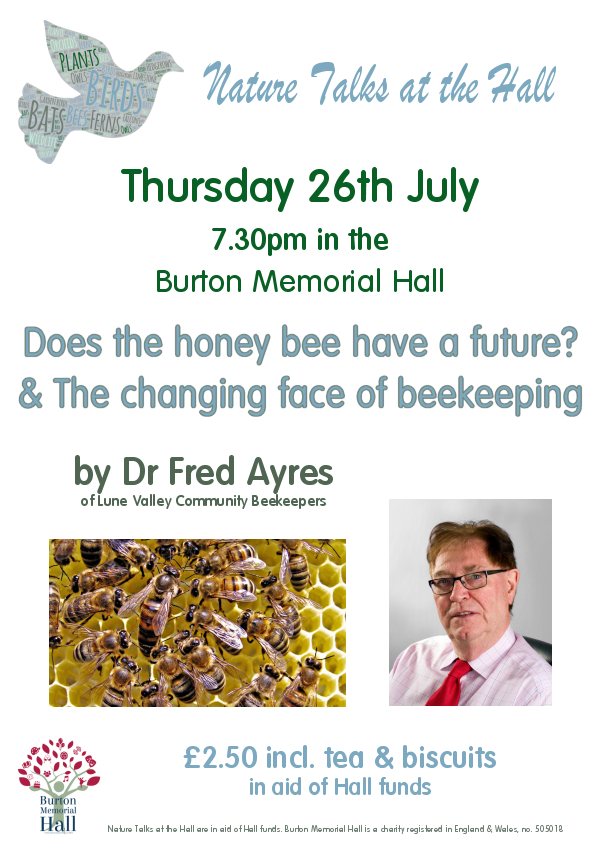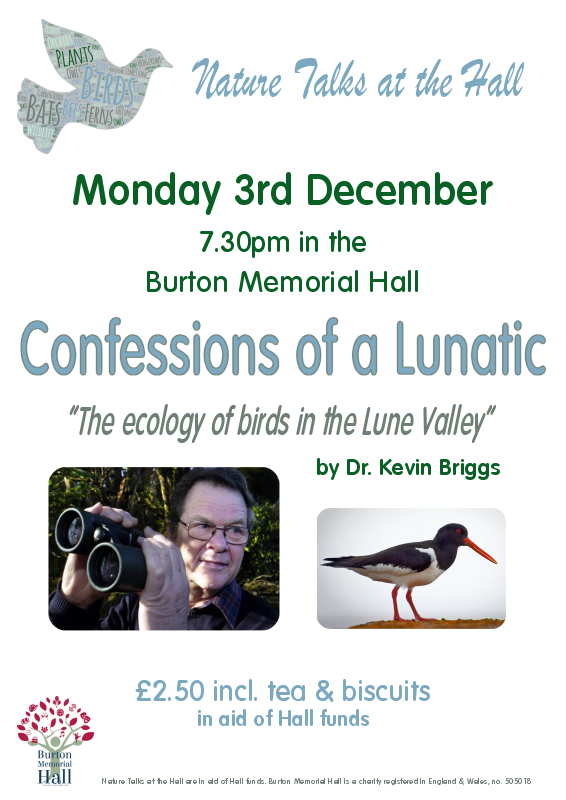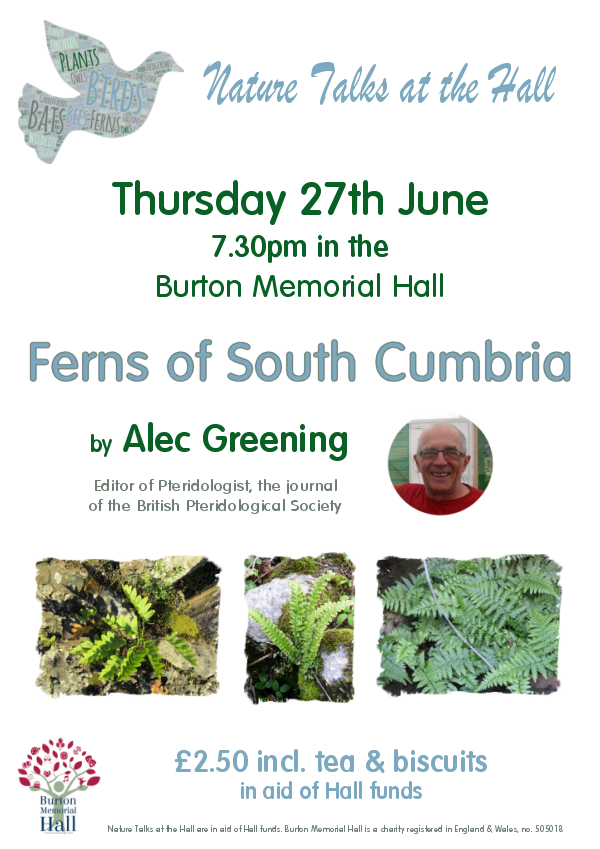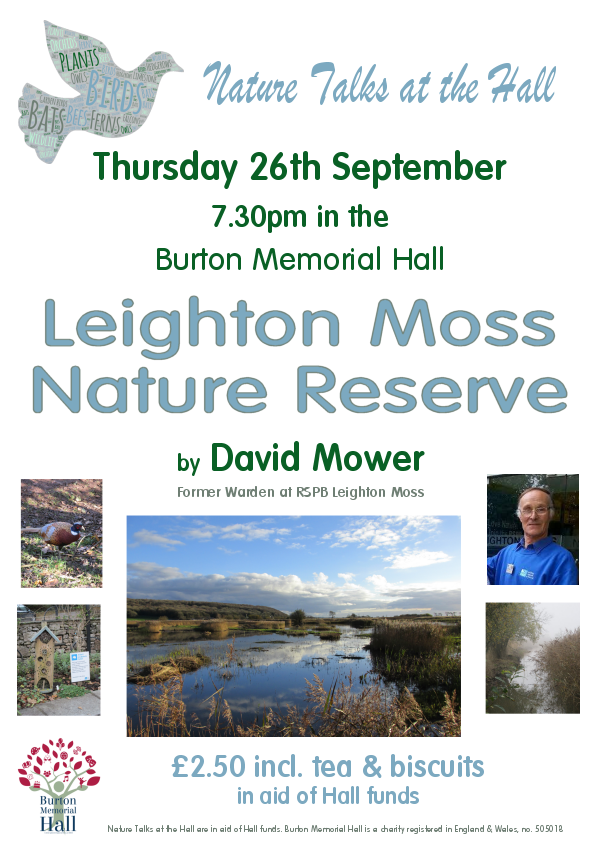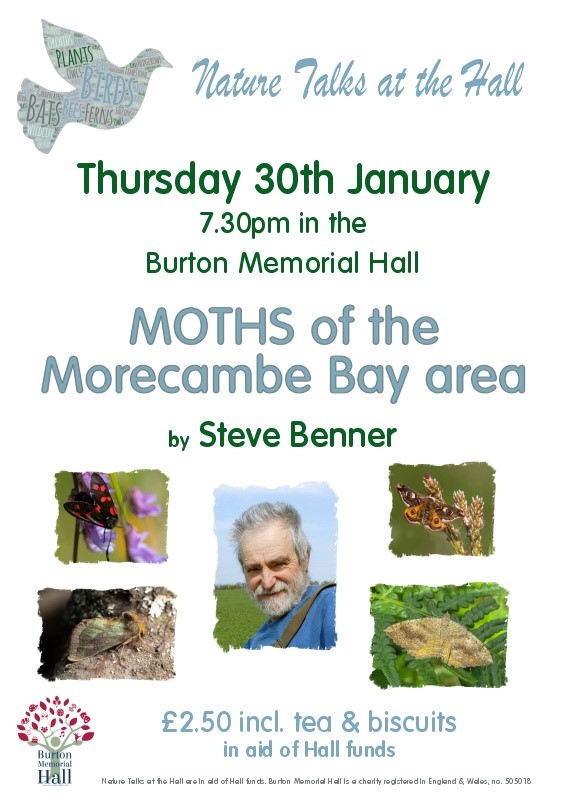This will probably be my last blog this year on the subject of Epipactis, unless I can get something more together on this years "Schmalhauseneii" studies which do need to be published soon, because by now the helliborines are going over rapidly, so I do hope to get into the FERN mood for a few weeks before the onslaught of the Visible Bird Migration in September. For now though please enjoy this piece as a quick summary to the work I have carried out on the beautiful "2014 Purpurea variants"
Epipactis Helliborine
(Broad Leaved
Helliborine) “PURPUREA”
| Fig 1 - Specimen 1 within canopy (Click over to enlarge) |
This year (2014) on
the Hutton Roof complex we seem to be getting quite a lot of the beautiful E.
Helliborine variant “Purpurea”
with several plants showing very deep purple coloured flowers. Although I have been checking the variants over the past three
years, there have never been so many recorded in such a small area and neither
have they before had this very strong deep burgundy colour, although they have obviously showed lighter “purpurea” colours.
Although the colours do vary, they can easily remind you of the colour you would normally get
from a E. Atrorubens, e.g that dark red burgundy wine colour. Because for some reason this year most of the purpurea have been showing this typical colouring.
| Fig 2 - Specimen 2 On edge of Woodland (Please click over to enlarge) |
All specimens so
far recorded have been in the close vicinity of a Hazel bush or under a Hazel
canopy. I don’t know whether this bears
any reflection on the plant at all but this was always the case, although I also should mention that Hazel is the predominant species and found almost everywhere
up there on Hutton Roof.
The variance in
the shade of colours has depended on where the plant is situated, the deeper
the colours are, usually is also a indication to how far back in the canopy the plant is situated, whilst
the plants on the edge of the woodland with direct sunlight to one side are
shown to be a slightly lighter colour. This can been seen here by
looking at Specimen 1 (Fig 1) against Specimen 2 (Fig 2), which lie only 3 or 4 metres apart,
but one is in deeper canopy whilst the other has direct access to sunlight on
one side.
In the majority of
cases the plants already recorded have been helliborines of sizes ranging
between “460mm to 600mm in height”.
| Fig 3 - Specimen No.17 note the large shiny dark green leaves (click over to enlarge) |
Most of the
specimens are green stemmed throughout, but I have noticed that with some of
them that the bottom 50mm will be stained “purple” colour. This can be a regular occurrence within the species.
One thing that
seems to stand out a mile with these “purpurea”
variants is that in the
majority of cases the primary leaves are of unbelievable striking size and
shape, and are not what you would normally associate with the e.helliborine eg:
approx 65mm to 95mm in length and between 55mm to 65mm in width, and have a
sort of oval look about them, and this also applies on almost all the five or six primary leaves associated with the plant. Here is a typical leaf layout of a plant I
have recently been studying (in this case Fig 3 Specimen 17 which is 430mm in height). The leaf layout is
generally starting from the base with a single small basal rounded leaf of only
30mm in diameter approx (this basal leaf can sometimes be easily missed
| Fig 4 - Specimen No.16 Note the regular shape and lighter coloured leaves |
The colour of these
leaves is also striking in that they seem to be a very dark shiny
green with a crinkly silky material texture feel to it, especially noticeable to the underside. The silky shine is clearly visible to both
the topside and the underside of the leaf. This dense dark colour of the leaves is not normally associated with
the majority of straight e. helliborines which I see which do tend to be
more of a lemony or lighter green which you can see here in Fig 4 or Fig 6. Again I think it must have something to do
with the overall “purpurea” making a darker staining throughout, whilst adding to all
this is another important factor in that when the plant lies further within shaded
density then darker the leaf colour along with darker the flower will appear. The leaves are so well grooved,
and in this particular case will show at least 11 to 13 primary grooves or ridges across the
length of the leaf, and these will be interspersed with a further 30 secondary grooves
bringing a total of 43 grooves which are equally distributed with 21 to the
left, then a main central groove or ridge, and then 21 to the right. The grooves or
ridges are in a curvature fashion.
| Fig 5 - Specimen 15 in 2013 Aborted before flowering |
Although I am
collecting evidence from several plants, I would just like to mention that over
the past three years I have been keeping one particular plant under closer
observation, this plant is named Specimen 15 and again lies well within the
inside of a canopy of hazel. In 2012
the plant first came to my attention with its beautiful “purpurea”
colouring. The same plant in 2013
actually aborted its buds which just dried up and fell off some four weeks
before maturity. And in 2014 the same plant is again showing “purpurea” but in
a more deeper or denser burgundy colour which is far darker than it was back in 2012.
This same colour density seems to be appearing all over the place this year within these variants on Hutton Roof. Of
special interest also in close proximity to Specimen 15 was a further colony of
some twenty plus e.helliborines of which several showed a leaning towards
purpurea, but not all, and neither were the variants grouped in a close linear
measured area, the purpurea was very much ad hoc in nature eg: One purpurea,
then a couple of normal, then one purpurea. I mention this purely for the fact that back in 2012 I thought it had something to do with the ground metallic content, but now think different because of the ad hoc layout.
| Fig 6 - Not a purpurea but flowers to one side like what you get with atrorubens. |
In 2012 I must say
that I did at first think that perhaps these “Purpurea” specimens held a clue
to some “hybrid happenings” and after speaking with learned friends who also had these similar inclinations of their being some sort of atrorubens
influence, thought at the time there could have been a sort of F2 cross breed situation lurking. Because if I remember at that time we had also got variant e.helliborine specimens with flowers just coming down two sides
of the stem, like you would get with a typical atrorubens. And probably the
most important factor at the time was that I did notice that one particular
plant did have slightly “frilly” bosses, which obviously you could only ever
associate "frilly bosses with atrorubens. And perhaps most striking has been the stronger “red
colour” influences within the actual e.helliborine flowers.
These plants are
always showing at the same time (late July to early August) as what you would
expect from any typical E. Helliborines, which means that they are about three
weeks following on from the best period of the atrorubens.
Burton In Kendal Swift Study Group The last 2 Swifts were seen flying over the village on Friday last the 8th August 2014. We wish them a safe journey.......
Burton In Kendal Swift Study Group The last 2 Swifts were seen flying over the village on Friday last the 8th August 2014. We wish them a safe journey.......

.jpg)
.jpg)




.jpg)



+(Small).jpg)
.JPG)







